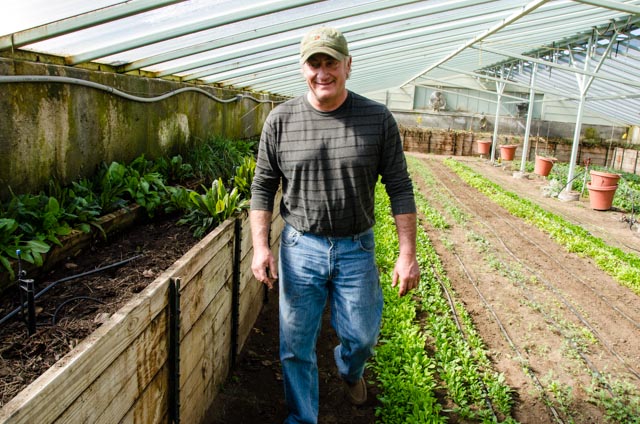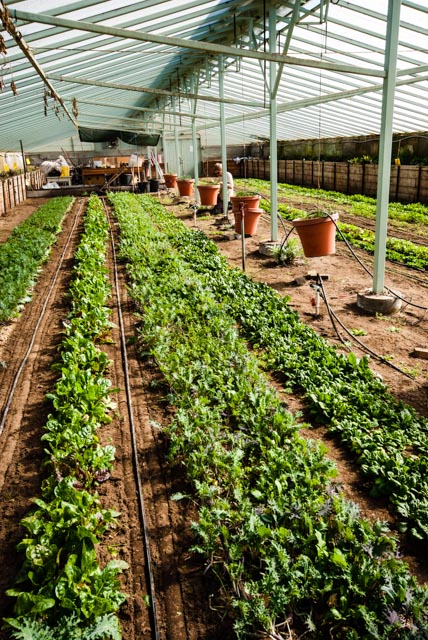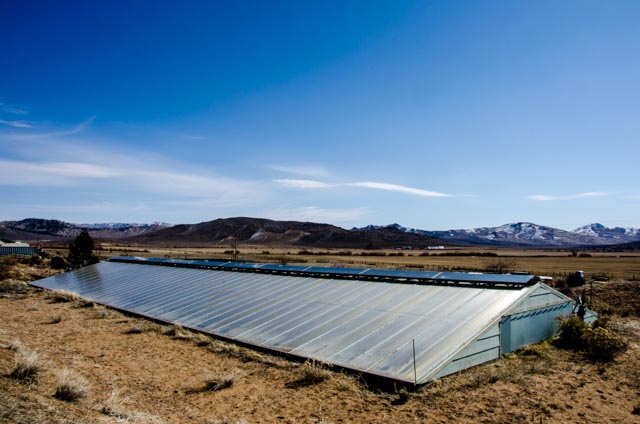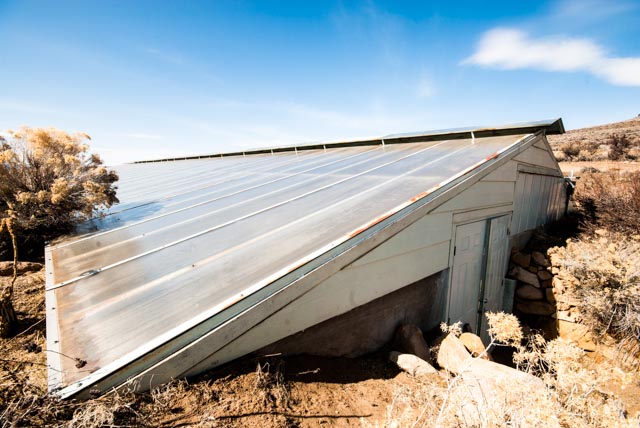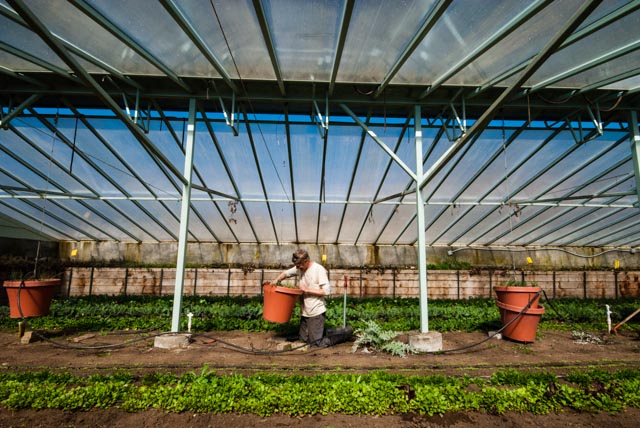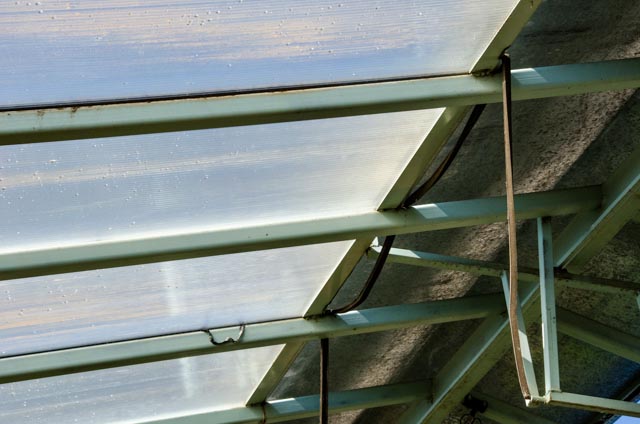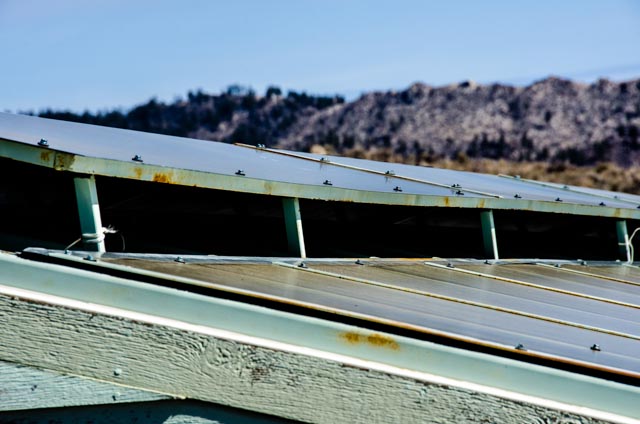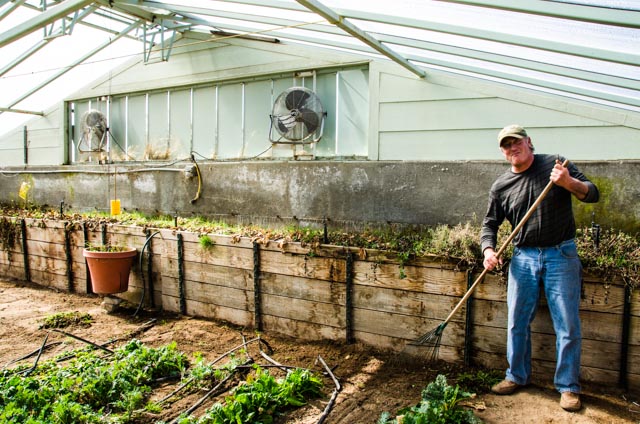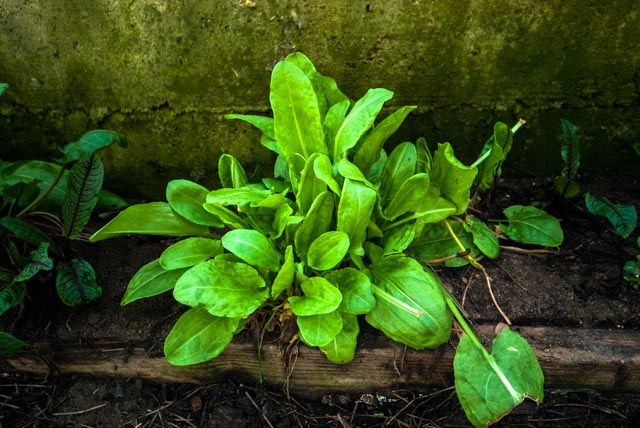A Peruvian Greenhouse in the Sierra Nevada — The Furrow
Photos & story by Laura Read
FOR GENERATIONS, the Aymara Indians in the South American Andes have long extended their growing seasons with walipini — greenhouses built into the earth. Slide northward a few thousand miles to the California’s Sierra Valley, a high alpine valley at 5,000 feet elevation in the Sierra Nevada. In 2010, third-generation farmer Gary Romano was alerted by a friend to a walipini-style greenhouse left vacant on a neighbor’s ranch. He thought this underground greenhouse might extend the two-month growing season on his a 65-acre Sierra Valley Farms. Romano made an arrangement with the property owner, and started in on the restoration. He hoped the results would be good, but he wasn’t certain. “My goal was to see what it could do,” he said. “What would grow the best in winter and in summer.”
Energy-Saver: Built seven feet into the earth, the 30-foot by 100-foot greenhouse has a cantilevered roof of dual-pane Plexiglas panels that open with a hand lever. The lever offsets the roof’s weight with ten 15-gallon pots filled with soil and plants. The UV-rated Plexiglas diffuses the light and seals the space from outside conditions. The soil absorbs daytime temperatures and becomes the insulating blanket during the cold nights. The structure is plumbed for irrigation, but there is no electrical power.
Since buying his farm from his aunt and uncle in 1989, Romano has gained organic certification and diversified production with native plants, horseradish, and cool weather vegetables such as salad greens, carrots, beets and radishes. He supplies greens to half a dozen local restaurants, and provides for a monthly outdoor farm-to-table series he hosts in his 1938 barn. A boost in production at the greenhouse would allow him to meet growing demand. In 2010, he and his assistant Ryan Kiesling set to work.
Restoration: Viewed from below, the greenhouse nearly disappears into the hillside. When Romano creaked open the door for the first time, he saw that the neglected sand dirt inside was hard as cement. “It had gotten so hot in there that the soil was dehydrated,” he said. “There were snake and scorpion skeletons and black widows everywhere.”
His first act was to rip open the soil. “We hand spaded it, double dug it, and watered it with garden hoses four hours a day for two weeks, breaking up the adhesions and getting water into it,” he said.
From horse pastures down the hillside, he and Kiesling wheel-burrowed ten tons of three-year-old manure into the structure. They ordered three pickup loads of commercial organic compost from Carson City, and brought in piles of rotten hay/straw from a nearby friend’s barn. With the soil duly augmented, in February 2011, they planted broccoli and cabbage, and then turned the plants back into the soil. To introduce nitrogen, they seeded peas.
Experiments: “In the first year, we grew everything we could think of,” Romano said, “melons tomatoes, spinach, strawberries, beans — you name it.” Then came tomatoes. “We put in 700 plants. They grew seven to eight feet tall, but they didn’t ripen. When you get seven to eight feet below ground, the soil temperature is 58 to 65 degrees. The tomato roots thought it was spring. It took six months to get tomatoes. We made a decent profit, but the tomato plants tied up the greenhouse for too long.”
That fall he filled the beds with arugula, kale, and other greens. He planted perennial sorrel, sage, thyme, oregano, and parsley and let them flower to provide habitat for ladybugs, which reduced insect infestations. He also set up in-house composting. “We pull the plants out by the roots and create a composting pile with them in the corner of the greenhouse,” Romano said. “In two to three months we have fully composted compost from the crops we’re taking out.”
Results: The Andian-style greenhouse has indeed met its goals. It is producing 10 to 12 garbage bags full of greens every two to three days, Romano said. “It was definitely a learning curve, but we narrowed it down celery, strawberries, herbs, greens — and onions and garlic in the hanging pots.”
If they could see him now, the Aymaras would be proud.
All Photos Copyright Laura Read

